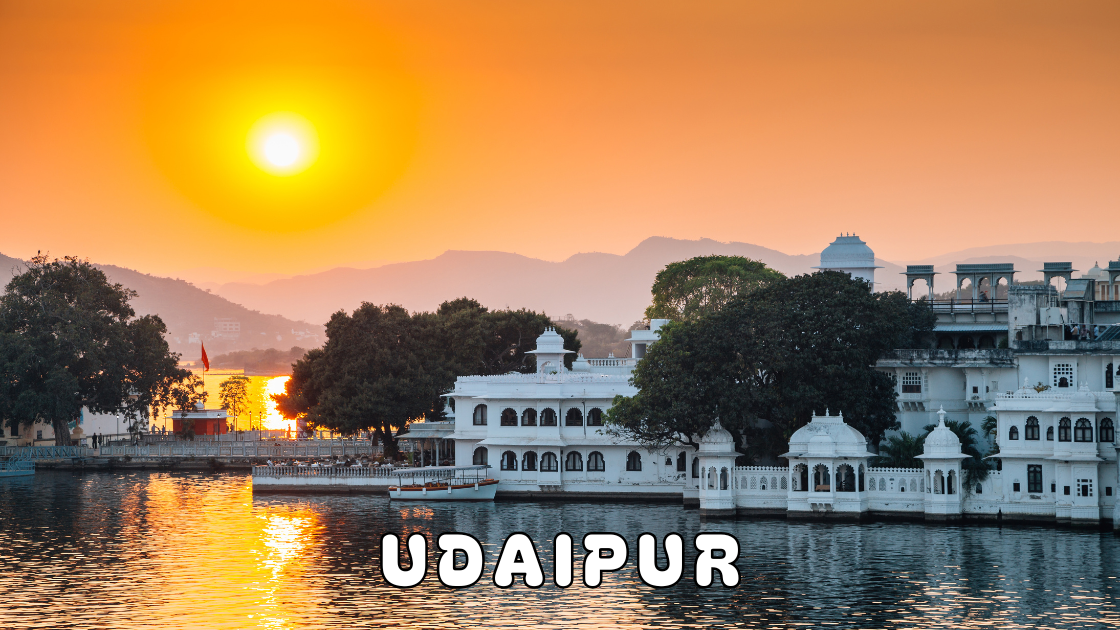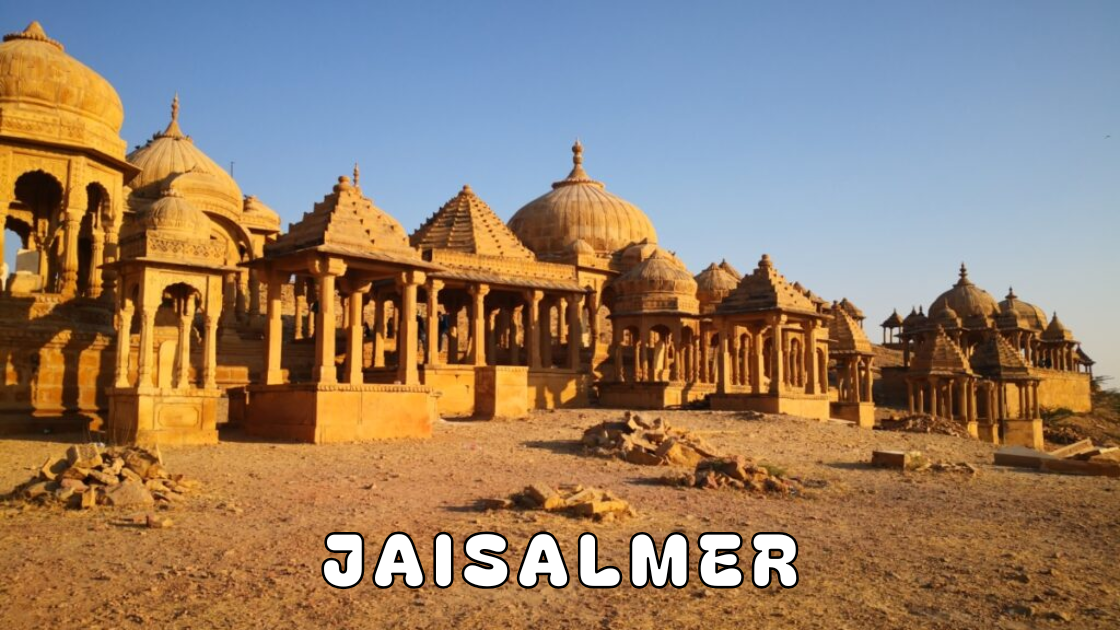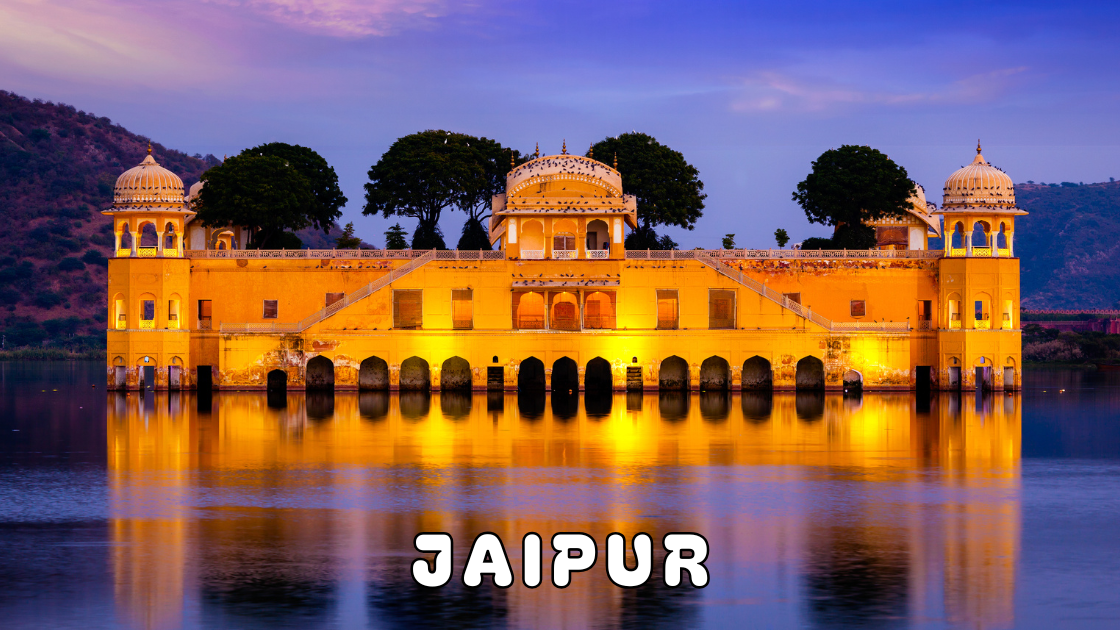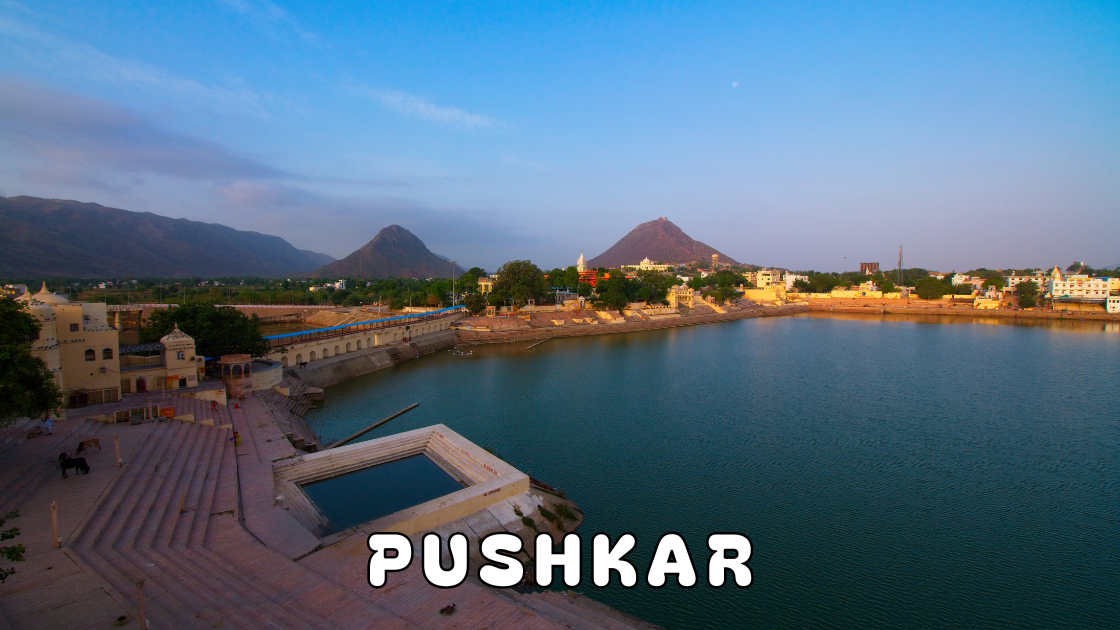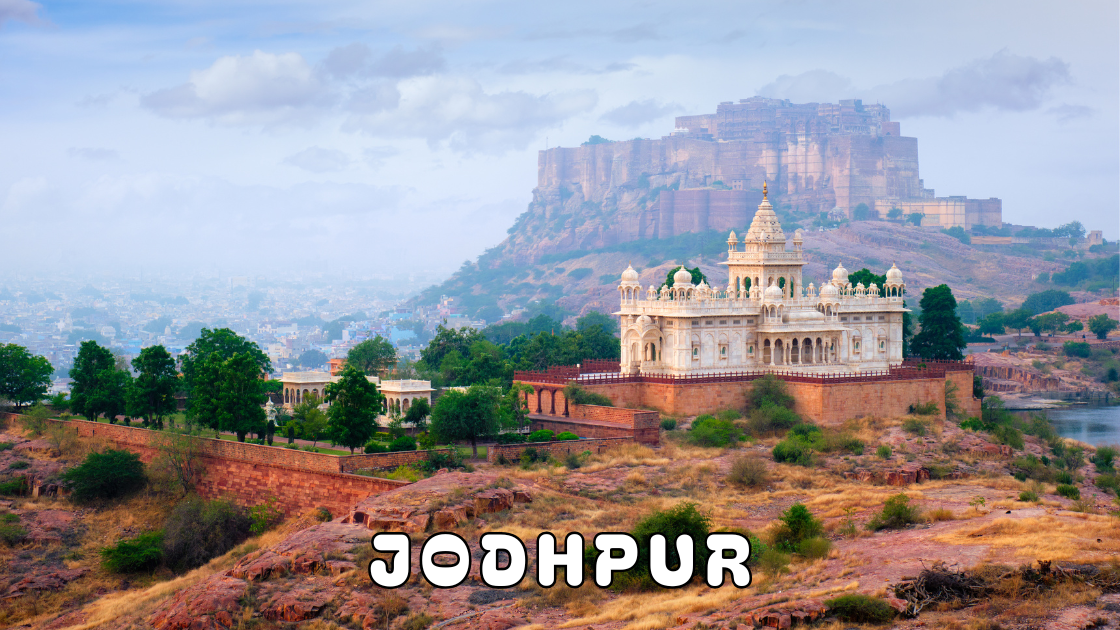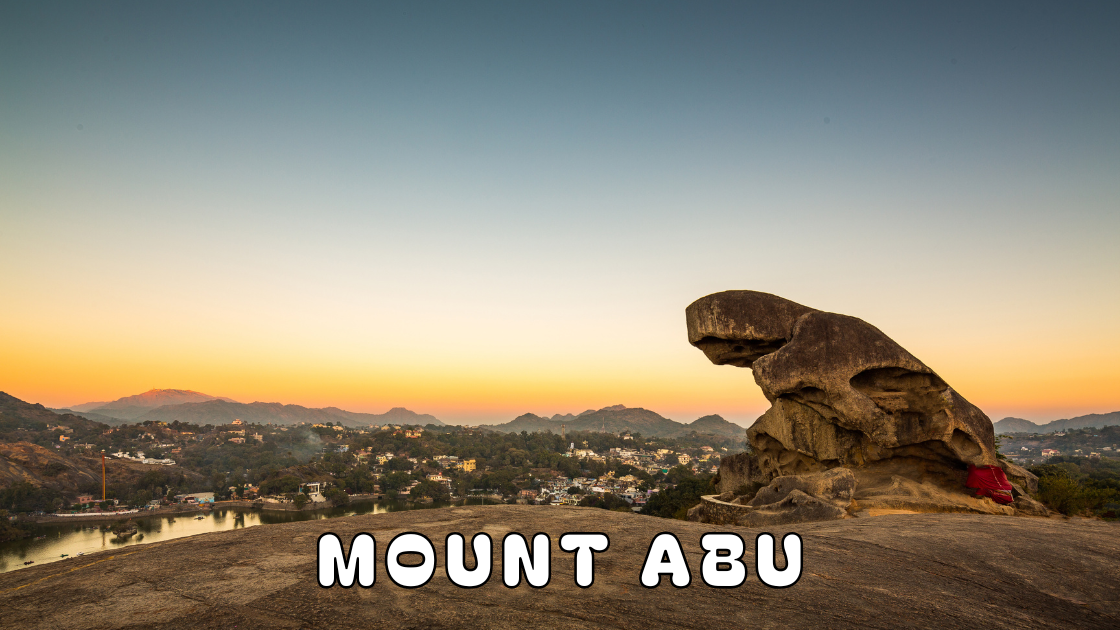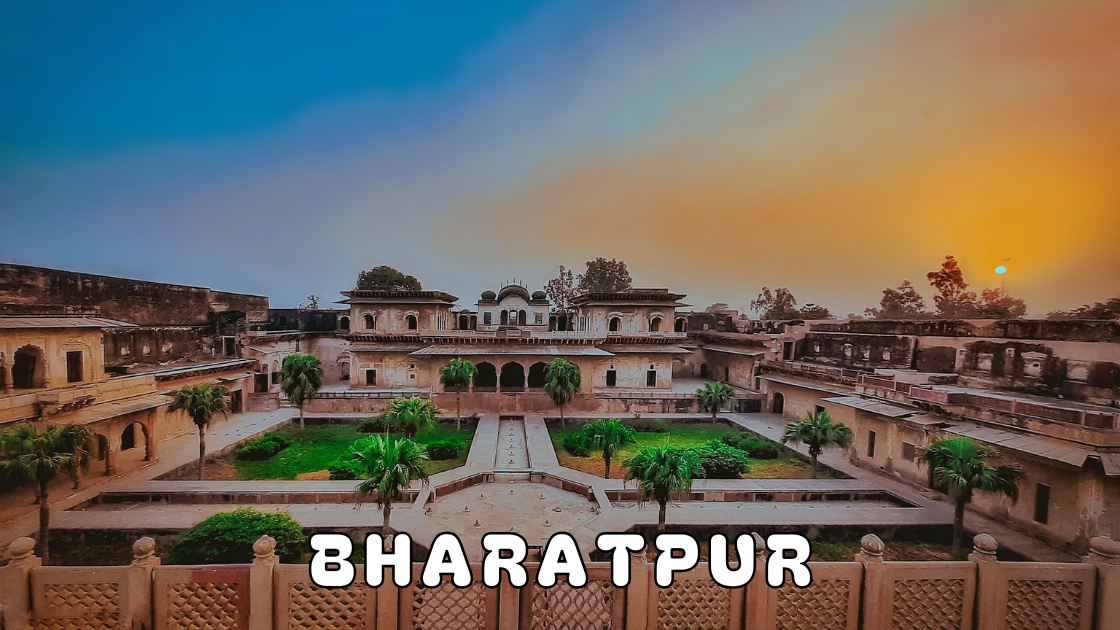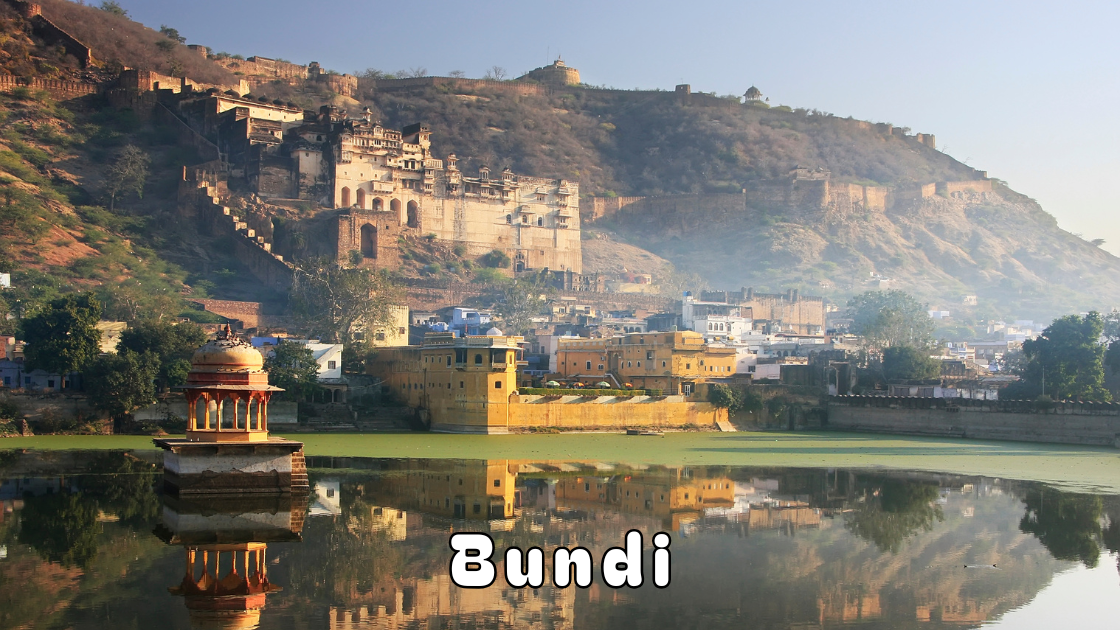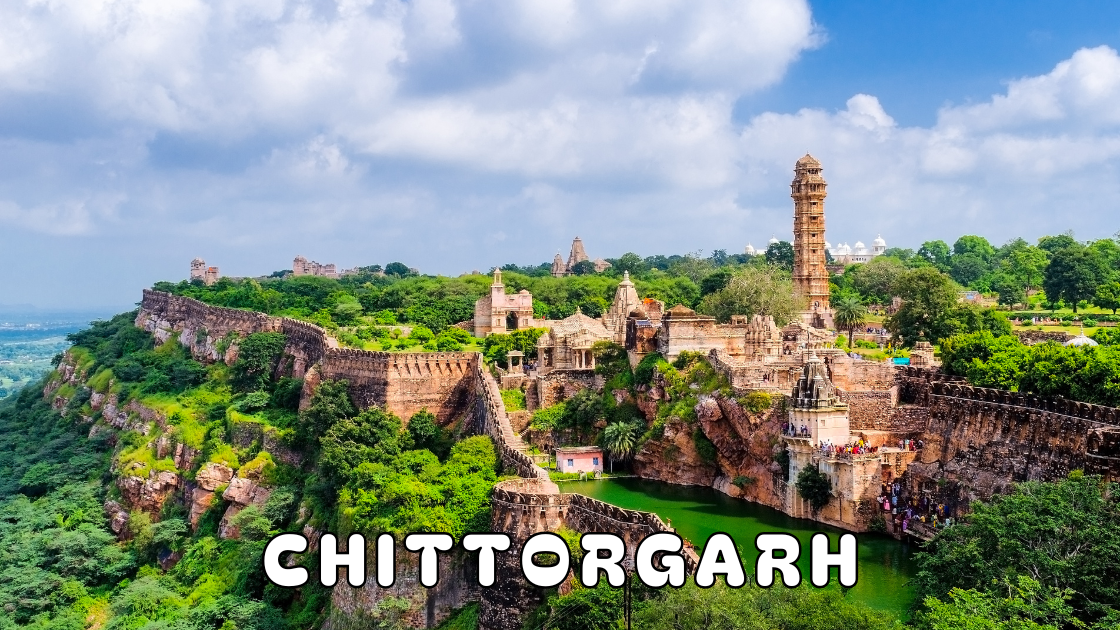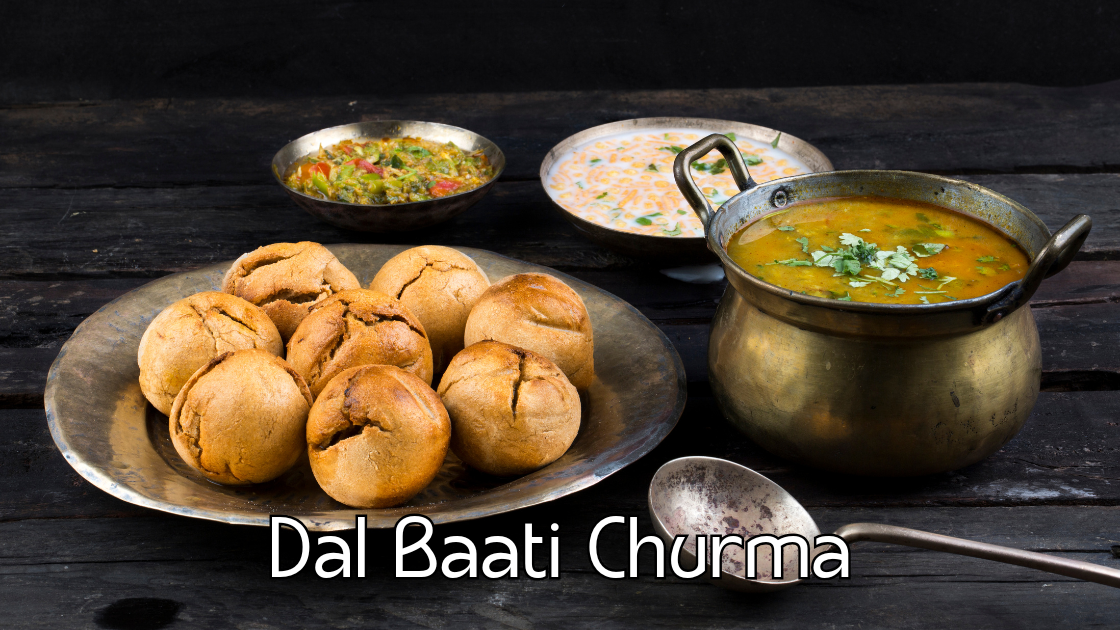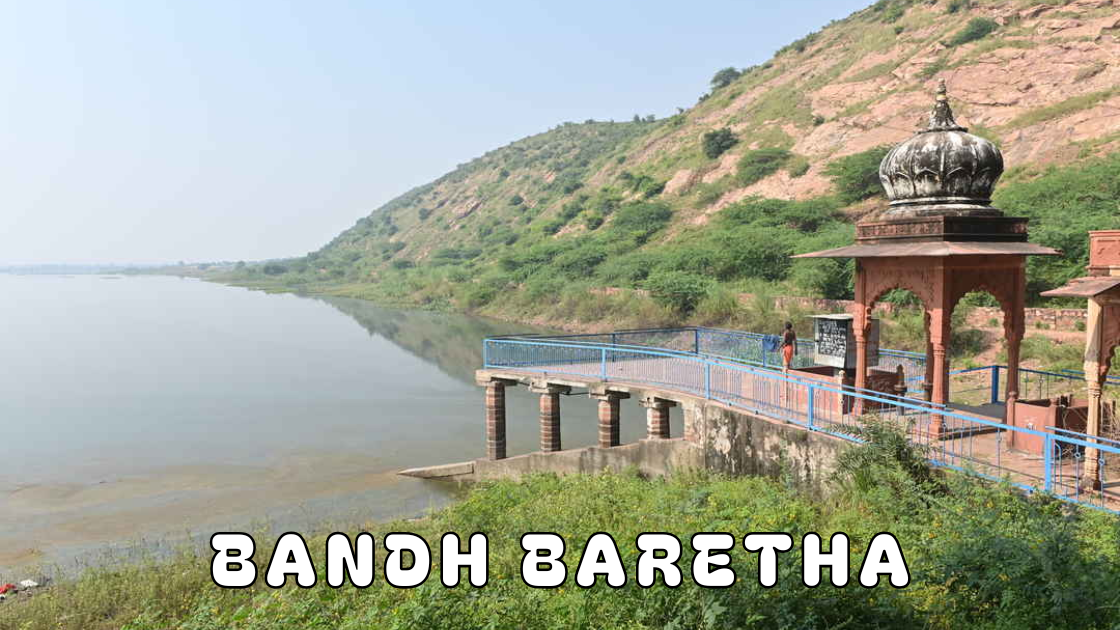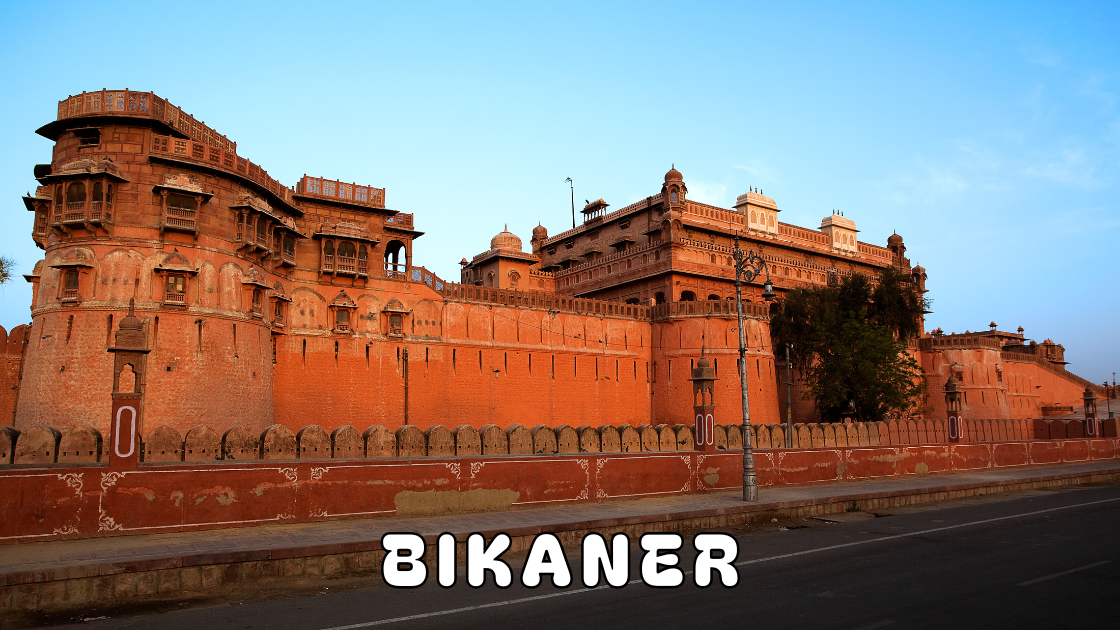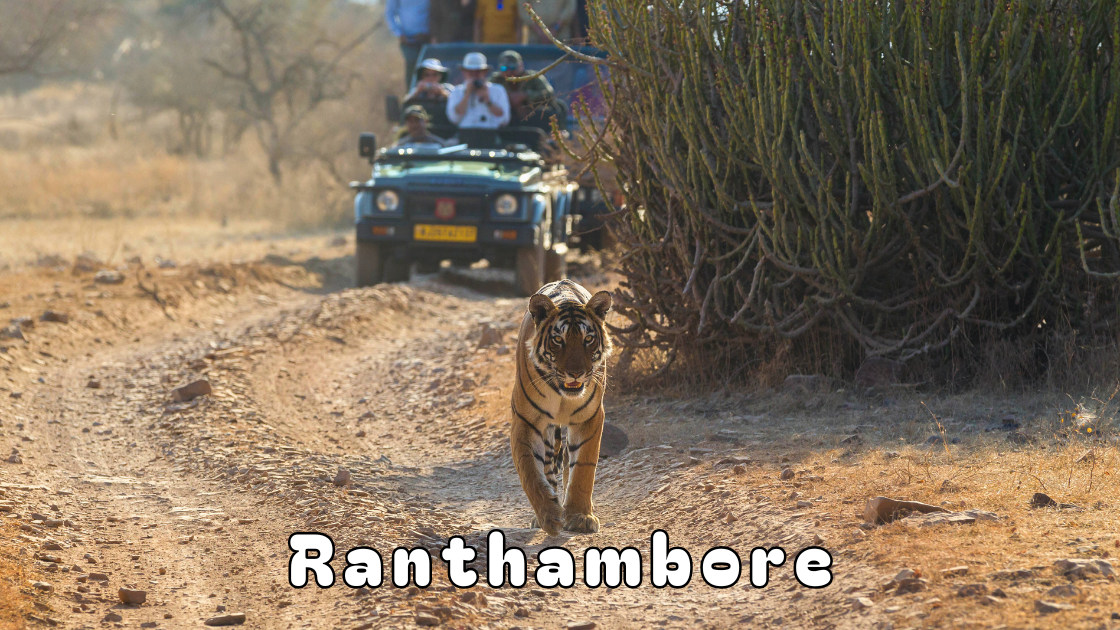Rajasthan, known as the Land of Kings, offers the perfect blend of royal heritage, breathtaking landscapes, and cultural festivities, making it one of the best places to celebrate the New Year. From majestic forts and serene lakes to golden deserts and lush wildlife sanctuaries, Rajasthan caters to every kind of traveler. This guide highlights the top locations in Rajasthan, including hidden gems like Bandh Baretha, for a unique and unforgettable New Year celebration.
Jaipur: The Pink City’s Festive Charm
Jaipur, the capital of Rajasthan, shines like a jewel during New Year celebrations.
Highlights of New Year Celebrations in Jaipur
- Palace Parties: Enjoy lavish New Year parties at iconic places like Rambagh Palace and Jai Mahal Palace.
- Cultural Evenings: Visit Chokhi Dhani for a traditional Rajasthani experience featuring folk music, dances, and delicious food.
- Heritage Spots: Amber Fort and Nahargarh Fort light up with special New Year events and stunning views of the city.
- Bustling Streets: MI Road and C-Scheme are popular hubs for shopping, dining, and enjoying the festive lights.
Udaipur: A Romantic New Year by the Lakes
Udaipur, with its enchanting lakes and palaces, offers a romantic and luxurious New Year celebration.
Top New Year Experiences in Udaipur
- Lake Pichola Cruises: Celebrate aboard a luxury boat with a backdrop of Jag Mandir and City Palace.
- Rooftop Dining: Restaurants like Ambrai and Upre provide stunning views of the lit-up city.
- Royal Resorts: Stay at Taj Lake Palace or The Oberoi Udaivilas for grand New Year parties and fireworks.
- Folk Shows: Visit Bagore Ki Haveli for cultural performances that bring Rajasthani traditions to life.
Bandh Baretha: A Hidden Gem for Nature Lovers
If you want to celebrate New Year away from the bustling crowds, Bandh Baretha is an incredible destination to consider. Situated in the Bharatpur district, this serene location combines natural beauty, history, and tranquility.
Why Choose Bandh Baretha for New Year Celebrations
- Pristine Reservoir: The Bandh Baretha Dam is a picturesque spot, surrounded by lush greenery and ideal for picnics and bonfires.
- Wildlife Haven: It is a lesser-known paradise for birdwatchers, where you can spot migratory birds and other wildlife.
- Historical Significance: Bandh Baretha is steeped in history and has been associated with royal hunting expeditions during the princely era.
- Peaceful Atmosphere: Unlike the crowded cities, this destination offers a serene and private way to ring in the New Year.
Activities to Enjoy in Bandh Baretha:
- Nature trails and wildlife photography.
- Relaxing by the scenic dam with your loved ones.
- Stargazing in the unpolluted night skies.
- Exploring nearby villages for a glimpse of authentic rural Rajasthan.
Jaisalmer: New Year in the Golden Sands
Jaisalmer, the Golden City, offers a unique desert celebration for New Year.
Desert New Year Highlights
- Luxury Desert Camps: Stay in well-equipped tents with bonfires and traditional dance performances at Sam Sand Dunes.
- Adventure Activities: Enjoy dune bashing, camel rides, and quad biking in the golden sands.
- Starlit Dinners: Have a magical dinner under the starry desert sky, savoring authentic Rajasthani delicacies.
- Historical Splendor: Visit Jaisalmer Fort, which glows beautifully in the New Year lights.
Pushkar: A Bohemian New Year Celebration
Pushkar, with its spiritual vibes and bohemian charm, is an ideal New Year destination for a tranquil and offbeat experience.
Things to Do in Pushkar During New Year
- Lakefront Bonfires: Celebrate by Pushkar Lake with bonfires, acoustic music, and fireworks.
- Quirky Cafes: Spend your evening in artistic cafes like The Laughing Buddha, offering a mix of cozy ambiance and live performances.
- Camel Safaris: Enjoy scenic camel rides and explore the rustic beauty of Pushkar.
- Shopping: Dive into the vibrant bazaars for unique souvenirs, jewelry, and clothing.
Jodhpur: The Blue City’s Regal Touch
Jodhpur provides a royal backdrop for an unforgettable New Year.
How to Celebrate New Year in Jodhpur
- Mehrangarh Fort Festivities: Attend royal gala dinners at the fort with traditional music and extravagant fireworks.
- Luxury Stays: Hotels like Umaid Bhawan Palace offer world-class dining and exclusive New Year packages.
- Cultural Safari: Take a Bishnoi village tour to experience rural Rajasthani traditions.
- Adventure: Go for desert safaris near Osian and immerse yourself in the raw beauty of the dunes.
Mount Abu: A Cool Escape
Mount Abu, Rajasthan’s only hill station, provides a serene and cool setting for New Year celebrations.
Why Mount Abu is Special
- Nakki Lake Fireworks: Witness dazzling fireworks and enjoy a romantic boat ride on Nakki Lake.
- Scenic Views: Start your year with treks and breathtaking views from Sunset Point.
- Cultural Events: Local folk performances add a traditional touch to your celebrations.
- Cozy Resorts: Celebrate at hilltop resorts offering warm hospitality and festive packages.
Why Visit Rajasthan for New Year Celebrations?
Rajasthan stands out as a top destination for New Year due to its diversity in celebrations. Whether you’re looking for royal palaces, serene lakes, golden deserts, or hidden gems like Bandh Baretha, Rajasthan has it all. With its warm hospitality, vibrant culture, and stunning landscapes, the state offers the perfect setting for a memorable start to the New Year.











